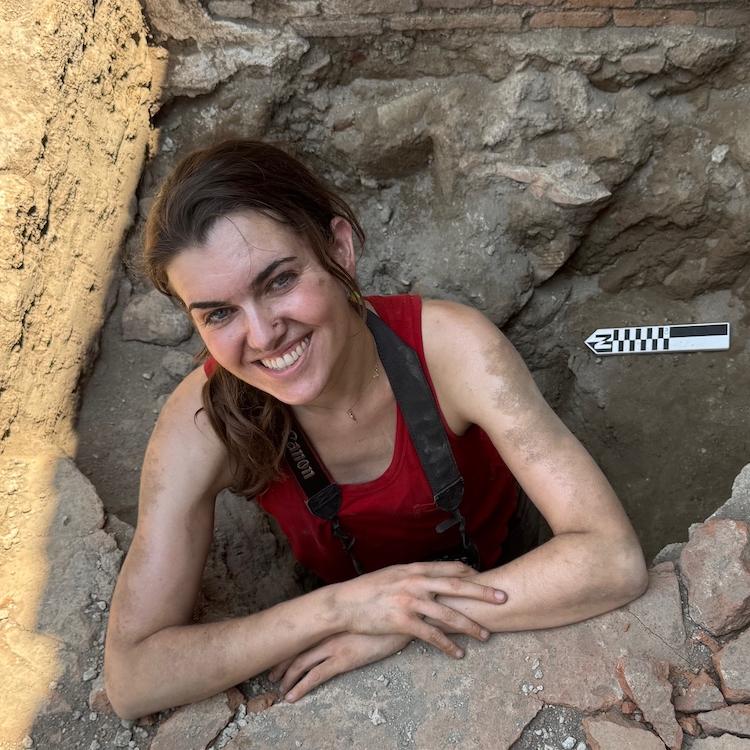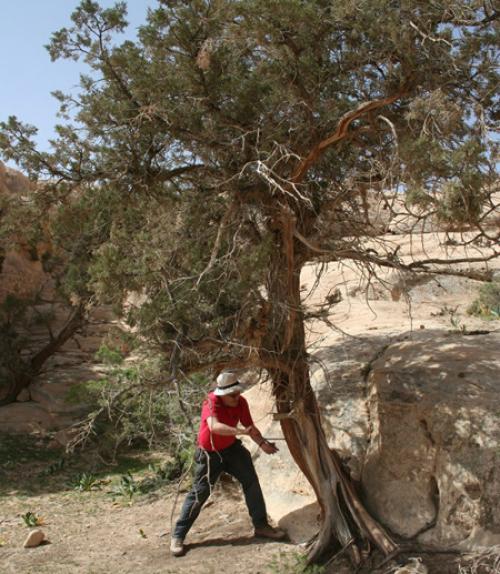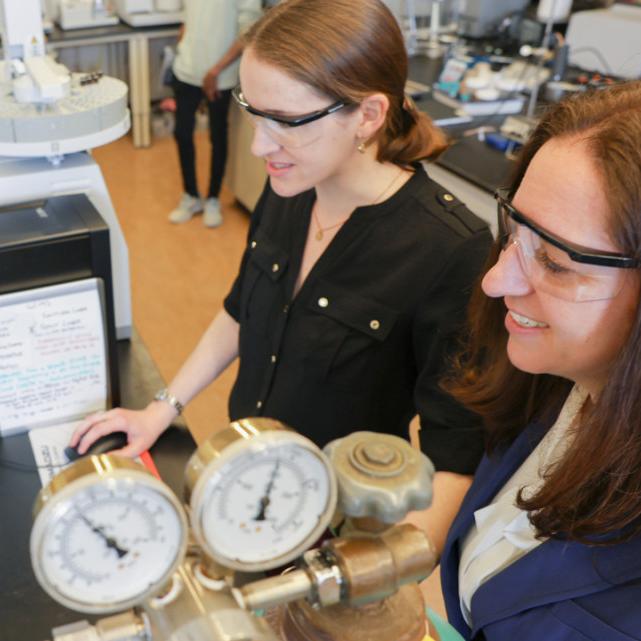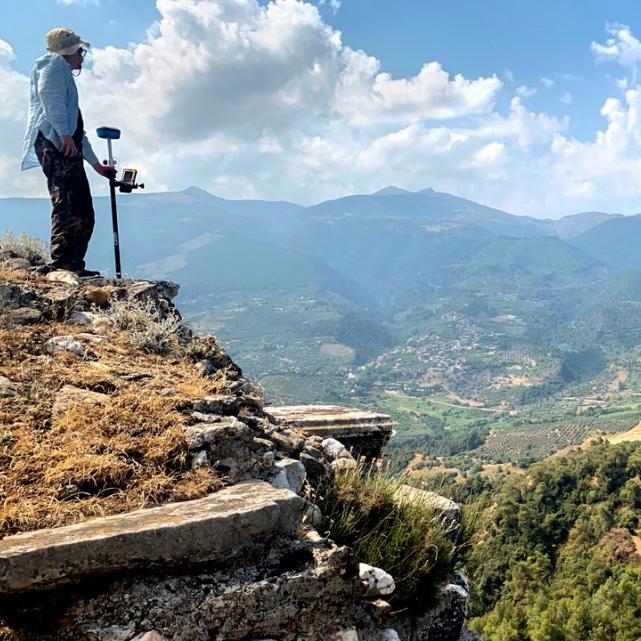
 Department Homepage
The College of Arts & Sciences
Department Homepage
The College of Arts & Sciences
New radiocarbon cycle research may alter history
“We went looking to test the assumption behind the whole field of radiocarbon dating.”




